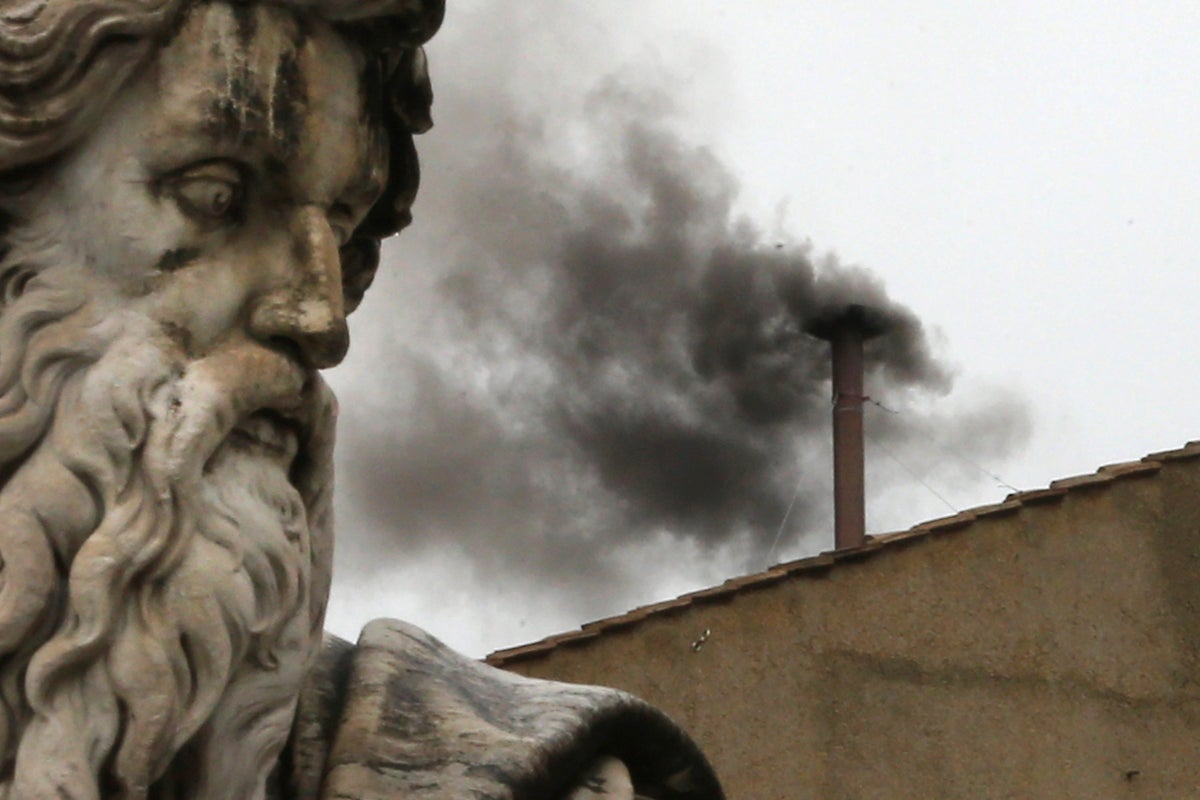
"The Vatican's conclave, historically significant, now employs scientifically clear smoke signals for voting outcomes, ensuring the world can easily understand the election results."
"Chemists emphasize that the color of the conclave's smoke is determined by the mixture used, a practice that has been refined to guarantee clarity."
"The colored smoke signals have been in place since 1903, underscoring a blend of ancient tradition and modern scientific methodology during the papal elections."
"As the bishops gather in the Sistine Chapel, the ritual of announcing a new pope through the chimney smoke has become a crucial focal point of global attention."
The Vatican's cardinals gather in conclave to elect a new pope, visually marked by the smoke signals from the Sistine Chapel chimney. Since 1903, these smoke signalsâblack for a failed vote and white for successâserve as a public announcement of the voting results. Recently, the Vatican has collaborated with scientists to improve clarity in the smoke produced. This practice links the ancient traditions of papal selection with contemporary scientific approaches, reflecting an ongoing evolution in communicating pivotal moments in the Catholic Church's leadership.
Read at www.scientificamerican.com
Unable to calculate read time
Collection
[
|
...
]